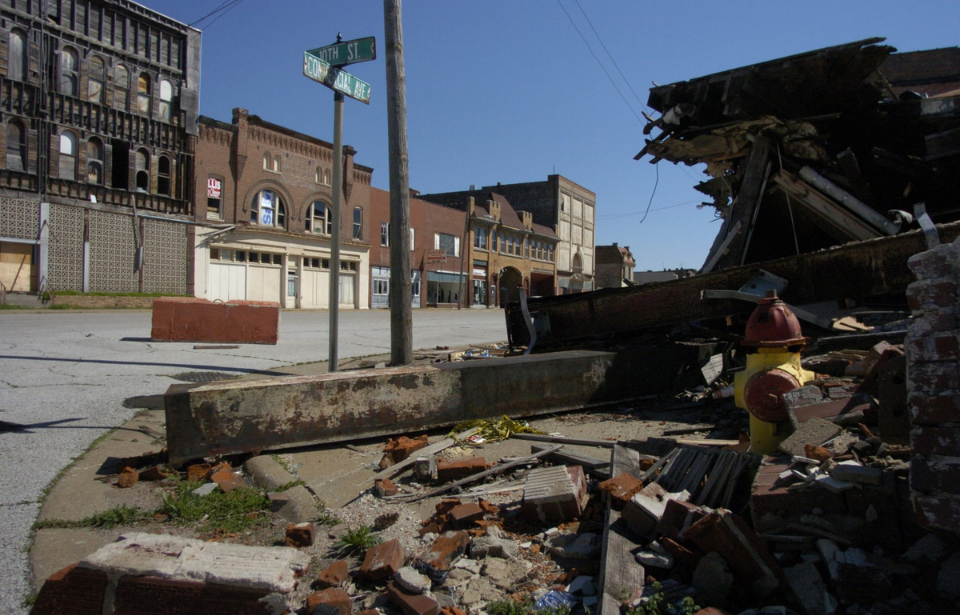Cairo, Illinois, once envisioned as a cornerstone of commerce due to its strategic location at the connecting spot between the Ohio and Mississippi Rivers, thrived as a bustling hub during the 19th century. The city boasted a booming trade network, with steamboats and railroads delivering goods and people, supplying its economic environment. However, changing transportation technology and the establishment of alternative routes gradually diminished Cairo’s economic significance.
The city, primarily dependent on river trade, found itself struggling to adapt to the rapid changes. The shift away from river-based commerce led to a slow but steady economic decline, impacting businesses and the local community. Now, the city sits eerily abandoned.
The location of Cairo, Illinois was once its greatest strength
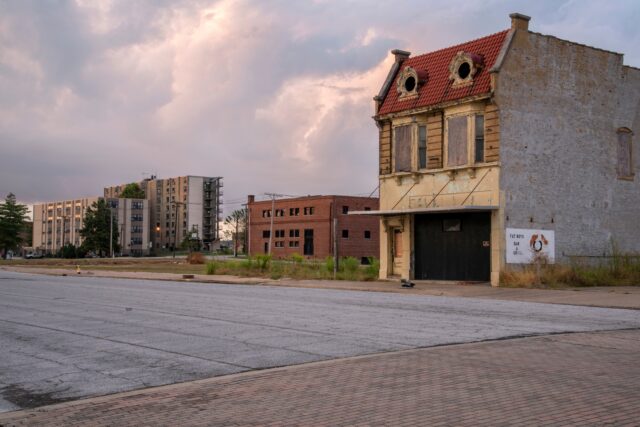
Geographically blessed, Cairo’s strategic position once made it a thriving transit point where goods and travelers moved seamlessly across the expansive river networks. The town’s prosperity was closely linked to its role as a vibrant port, pivotal during the peak of the steamboat industry. General Ulysses S. Grant occupied the city during the American Civil War and even had Fort Defiance constructed to protect it due to its pivotal location.
The golden age of Cairo was marked by its booming steamboat industry, which later transitioned to include significant railroad connections. This era saw Cairo flourishing, with businesses and industries thriving on the constant flow of commerce and transportation. However, as transportation technologies evolved and progressed, Cairo began a steep decline. The introduction of railroads, while initially a boon, eventually diverted traffic away from river-based trade routes, impacting local businesses and employment opportunities.
Economic shifts and racial tensions led to the town’s decline
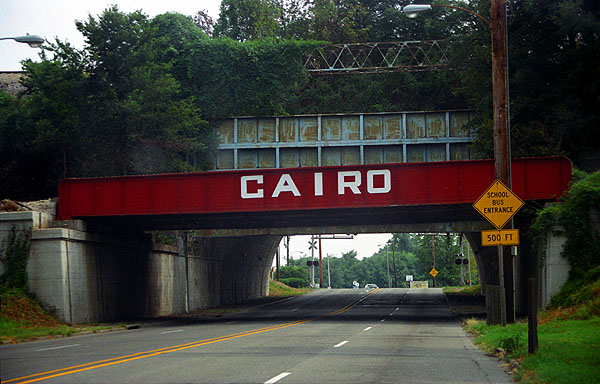
New transportation technologies were not the only reason for the city’s decline. Racial tensions tested the city and ultimately contributed to Cairo’s fate. Post-Civil War migration brought a substantial African American population, which faced intense racial discrimination. By 1900, approximately 5,000 of the 13,000 people recorded living in Cairo, Illinois were African American.
In the early part of the 20th century, the lynching of William James took place in Cairo, an African American accused of the murder of Anna Pelly, a young white woman. This event took place despite there being no physical or circumstantial evidence as to his guilt. Additionally, an anti-lynching law had been passed earlier, one that was not being effectively enforced by the police. It became an extremely dangerous event, with a mob rampaging through the city for several days following, and remains a dark point in the town’s history.
Even more racial unrest took place during the mid-20th century, as the African American population rioted in the wake of the Civil Rights Movement.
Cairo, Illinois is filled with crumbling buildings and overgrown homes
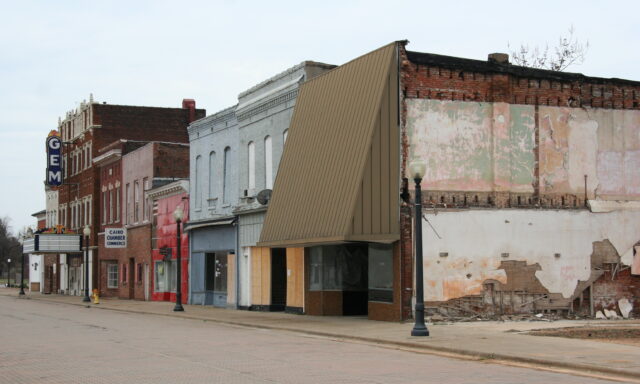
Today, a walk through Cairo is a walk through a ghost town. The historic downtown, once the heart of Cairo, now features rows of crumbling brick facades and boarded-up windows. Residential areas are not spared, with many homes succumbing to neglect and overgrowth. While many people have abandoned Cairo, there is still a small population that continues to call the small town home. This last group is the only sign of life in the otherwise lifeless town.
Efforts to revive Cairo, including historic preservation initiatives, have largely failed. Despite these efforts, which include local initiatives such as festivals, museums, and historical tours that aim to attract visitors and rekindle interest in the city’s rich history and cultural heritage, the town has not managed to regain its former vibrancy. Most revival projects have been unable to take root in the barren economic landscape.
There are a few surviving institutions, including Victorian manors and the public library
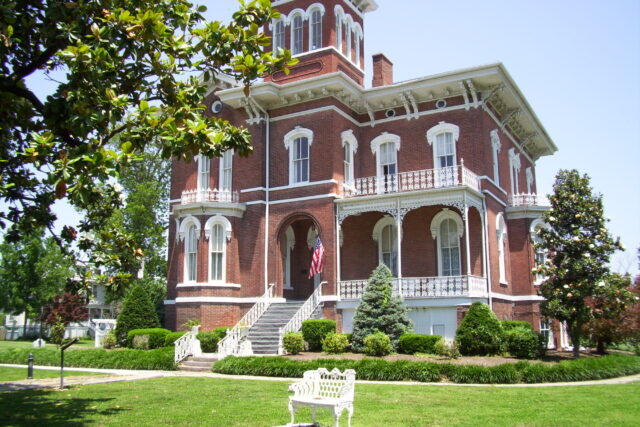
Among the few remnants of Cairo’s past are several state-owned Victorian manors and the Cairo Public Library, which stand as testaments to the town’s once-grand architecture and community spirit. These buildings, while preserved, echo the silence that has fallen over the rest of the town. Although it does not offer much in the way of tourism, the town is still open to visitors.
More from us: 6 Modern Ghost Towns That Are the Result of Natural Disasters
Cairo, Illinois, serves as a reminder of the impermanence of prosperity and the impact of social and economic changes on small American towns. Its current state, while somber, offers a canvas for reflection on the forces that shape our communities and the memories embedded in abandoned spaces.
